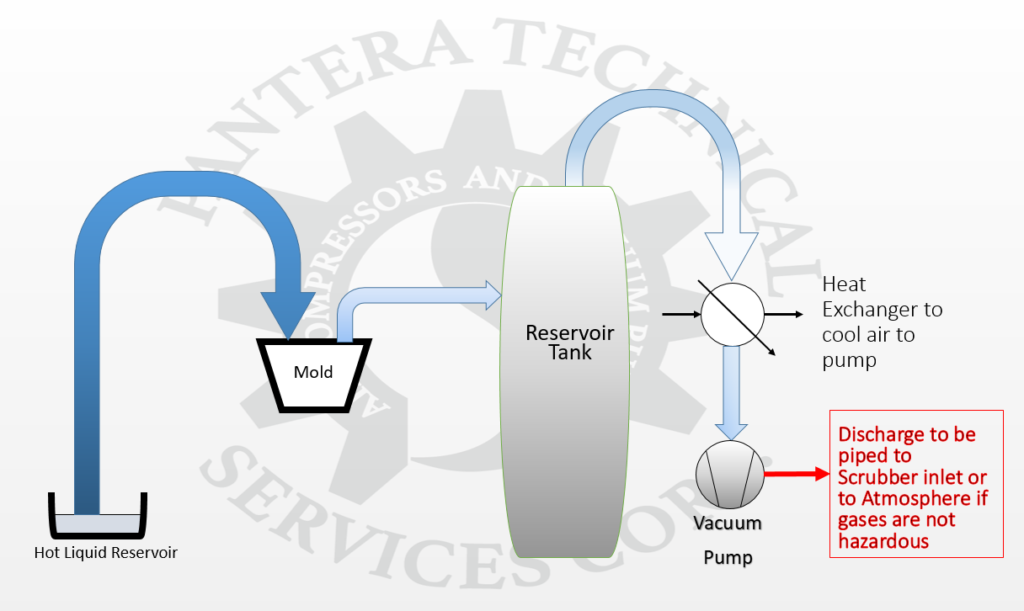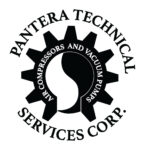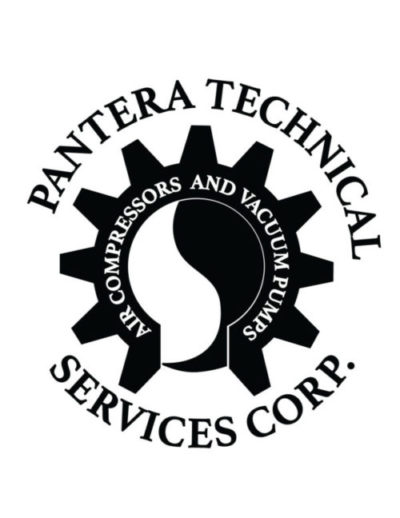There are applications in which it is not practical to handle the fluid that you need to move.
That could be the case of crystalline material floating on a suspension found in your typical chemical or pharmaceutical plant.
Sometimes, the liquid is just too hot to handle, like molten metal, or maybe just hot water on a reheat loop in which the pumps are on a very hot pit with no ventilation and keep on failing.
The first step is to find out the temperature and specific gravity of the fluid to be handled, if it is too thick or slow moving, you may want to consider a progressive cavity pump or a diaphragm pump. In the event that it flows easily, a vacuum pump maybe feasible and more cost effective.
In the case that it is just water then the Specific Gravity is 1.0. This is important to know as we need to determine lift force.
We need to get the facts straight and I like to list them before we proceed with the calculations.
- Liquid Specific Gravity = 1.0
- Atmospheric Pressure is 406.8 in H2O(Water) or 33.9ft H20 (Water column)
- Vertical Lift distance required from reservoir to mold. It has to overcome the higher part of the pipe, so find out what is the maximum height and use that figure.
We need this information in order to determine what kind of lift pressure as a percentage of the atmospheric pressure we need to move the liquid. The heavier the liquid, the more lift pressure (aka, vacuum) we will need. This is very important in high elevation locations as there is actually less of the atmospheric differential pressure available and we need to find that out before we make any sizable investment.
In the graphic below we will use non-specific molten metal as the liquid to be transferred , with a S.G. of 3.0

If the distance that we need to overcome is about 3 to 4 feet, the amount of vacuum needed to overcome that height will be about 12″Hg, This will allow for some losses in efficiency due to pipe configuration, valves and any other specific pressure loss mechanism or common leakage in the system.
Note how the pipe on the reservoir tank can also use the reservoir tank as a trap to catch any burps in the system. This is critical to protect the vacuum pump system. It is usually cheaper to replace a tank, than it would be to replace a vacuum pump, or the necessary air cooler. The purpose of the air cooler is to reduce the temperature of the air stream to a level that is within working specifications of the vacuum pump.
There are different technologies available for this kind of application, the most common being the rotary vane and the liquid ring. Each one has its advantages and disadvantages. Each system has to be configured to the customers unique specifications and we can help you figure out the system design, total operating costs depending upon the chosen vacuum pump technology and help you size the air cooler and the tank and find out if the available utilities would make each design feasible.
I have seen too many designs fail, just because the available utilities were a a few degrees higher than recommended by the manufacturer.
The available cooling water temperature is of crucial importance. Many consulting firms overlook this details and ultimately the responsibility lies with the end user to use the system as designed, or to notify the designer of actual operating conditions at the actual job site. This includes:
- Cooling water temperature available on the warmest month
- Actual distances of all equipment, in relationship with each other
- Actual pipe layout between all of the components. Pressure loss due to pipe configuration is a cumulative process and hasto be taken into account.
- Availability of power to the various equipment. Be specific on the availability of three phase or single phase power.
- Vacuum pump discharge. Confirm the pipe size and the length of pipe the pump has to overcome to discharge to a safe place.
- Other utilities available that will affect pump performance. This could be room temperature, exhaust fan availability or even what else is in the room. If the only available room for pump install is next to a Steam Boiler, we need to rethink a few things here.
Let us know if you need guidance on these items and we will be happy to serve you.

